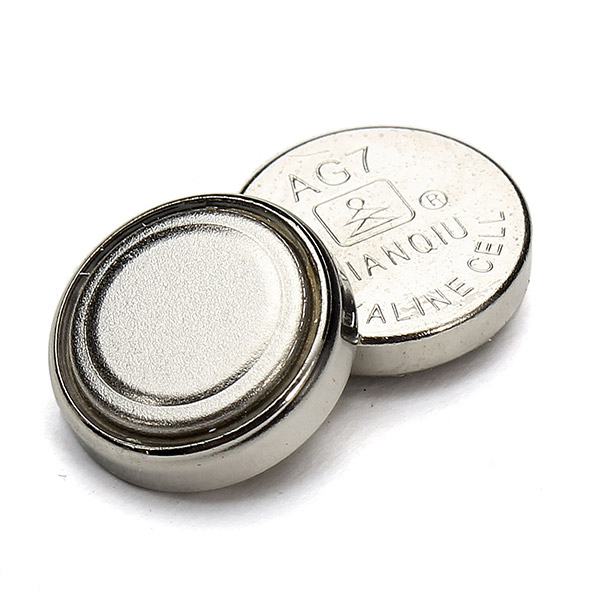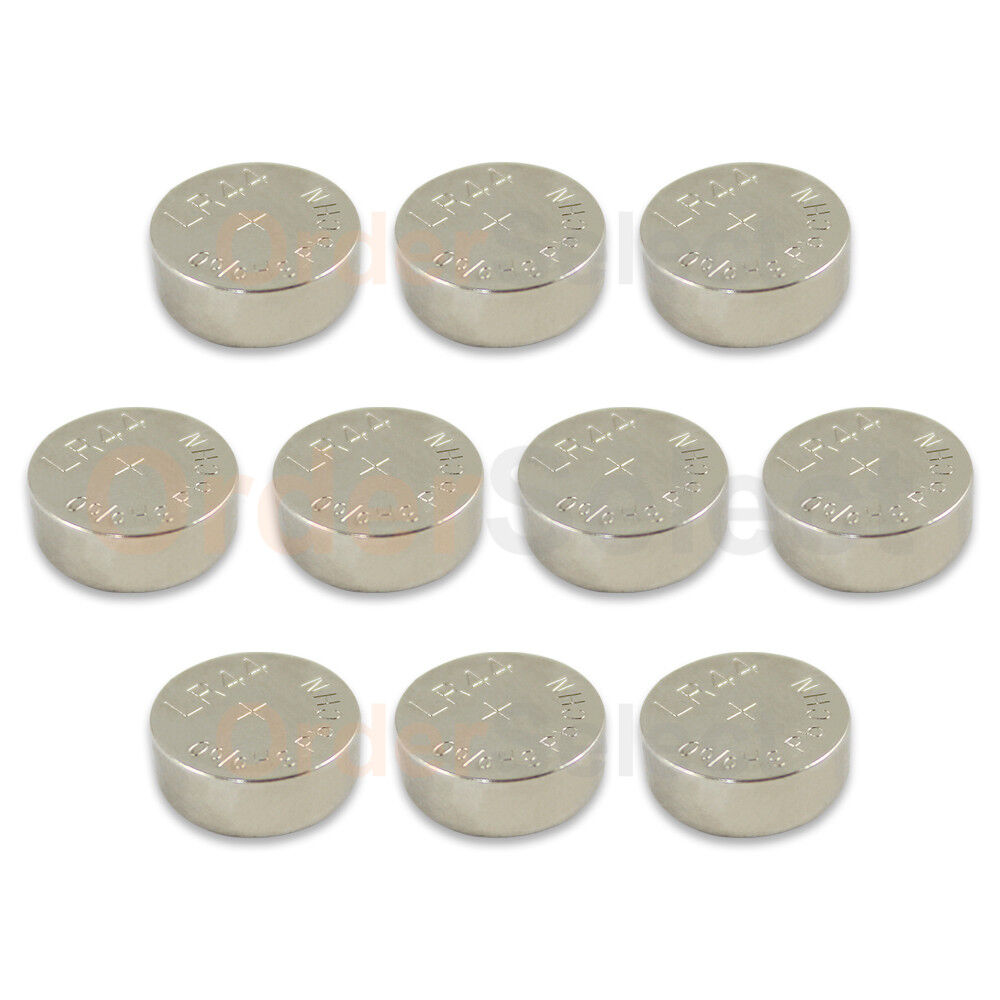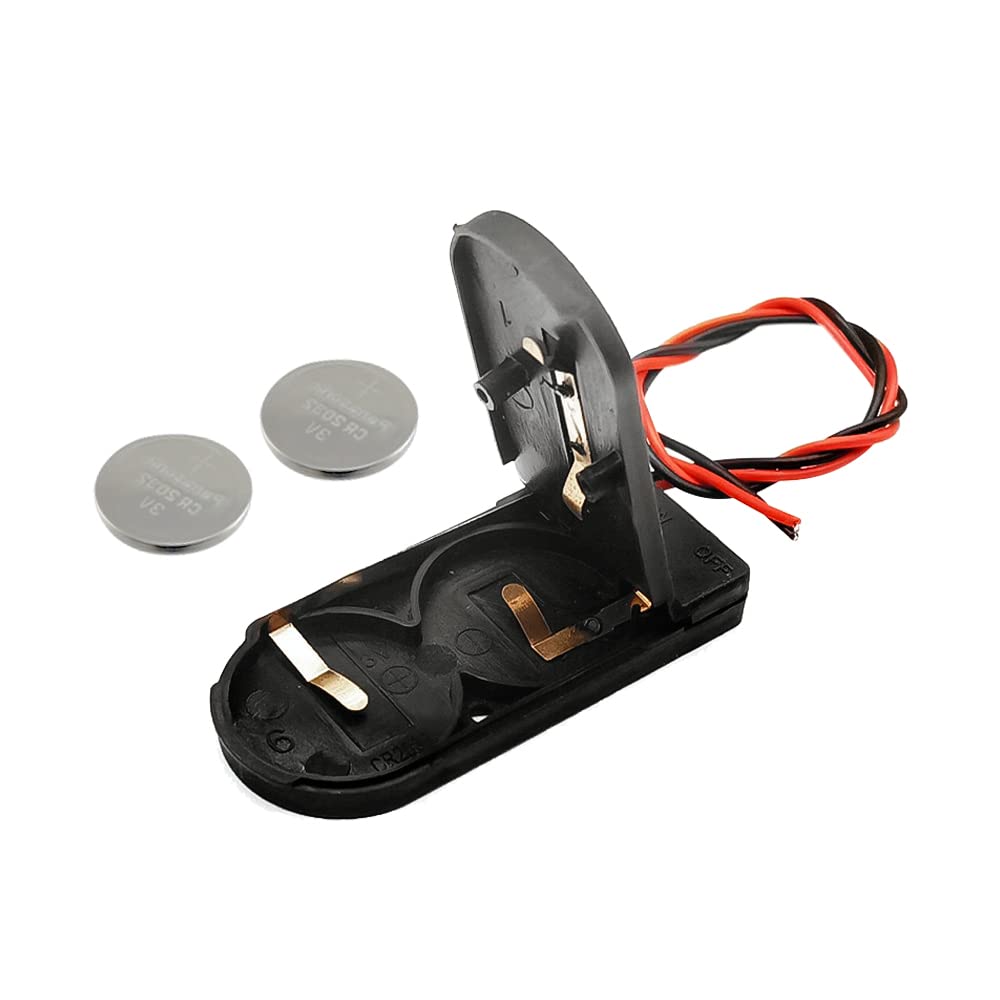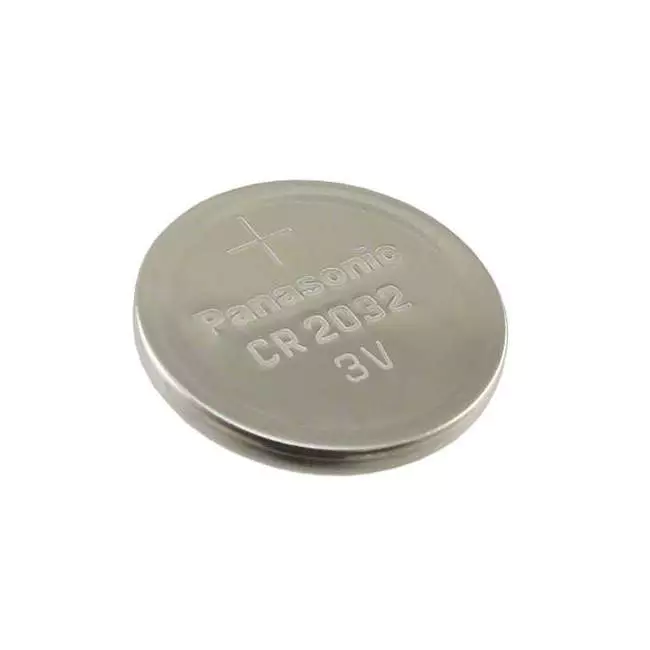In a world increasingly dependent on portable electronics, the choice of battery type becomes crucial. While button batteries are a popular option for many small devices, various battery types each come with distinct advantages and disadvantages. This article explores the pros and cons of button battery compared to other commonly used battery types such as alkaline, lithium-ion, and nickel-metal hydride batteries. By understanding these differences, consumers can make informed decisions about which battery type best suits their needs.
Understanding Button Batteries
Definition and Features
Button batteries are small, round batteries commonly used in compact electronic devices. Their design resembles a coin, making them lightweight and easy to fit into the thin profiles of gadgets such as wristwatches, hearing aids, and remote controls. Generally ranging from about 5 mm to 30 mm in diameter, button battery offer a reliable power source for low-drain devices. They provide stable voltage levels and long shelf life, making them suitable for devices with lower energy demands.
Types of Button Batteries
Common types of button batteries include lithium, alkaline, and silver oxide. Each type serves different purposes based on size, voltage, and chemical composition. Lithium button batteries are known for their longevity and high energy density, while alkaline batteries tend to be less expensive and widely available. Silver oxide batteries provide specialized applications, particularly in watches, due to their stable voltage output. Understanding the specific features of each type of button battery can help consumers choose the right one for their devices.

Pros and Cons of Button Batteries
Advantages
One significant advantage of button batteries is their compact size and lightweight design. This feature allows manufacturers to create thinner and lighter devices, making them ideal for portable electronics. Additionally, button batteries maintain a consistent voltage over an extended period, ensuring reliable operation, especially in devices requiring precision.
Another benefit is the extensive range of sizes and types available. This variety allows users to find the perfect battery for specific devices without the need for bulky replacements. Button batteries also have a long shelf life, which means they can be stored for extended periods without losing their effectiveness, reducing overall waste.
Disadvantages
Despite their benefits, button batteries come with noteworthy drawbacks. One major concern is safety, especially regarding accidental ingestion by children. Button batteries pose significant health hazards if swallowed, leading to severe internal injuries or chemical burns. Parents must be vigilant in keeping devices that contain button batteries out of reach of young children.
Another disadvantage is the limited discharge capacity. Button batteries are typically used in low-drain devices, meaning they may not provide adequate power for more demanding applications. Users might find themselves needing to replace button batteries more frequently than larger battery types designed for higher energy demands. Additionally, the disposal of button batteries can be problematic, as they contain toxic substances that require special handling to prevent environmental damage.

Alkaline Batteries: Pros and Cons
Overview of Alkaline Batteries
Alkaline batteries are one of the most commonly used battery types. They are widely available and often used in household devices such as remote controls, toys, and flashlights. Alkaline batteries are cylindrical in shape and come in various sizes, including AA, AAA, C, D, and 9V. They are known for their affordability and ease of availability.
Advantages
One of the significant advantages of alkaline batteries is their cost-effectiveness. They are generally less expensive than button batteries and widely available at convenience stores, making them accessible for consumers. Alkaline batteries have a relatively high energy density, allowing them to power higher-drain devices compared to button batteries.
Another benefit is their relatively long shelf life. Alkaline batteries can remain effective for several years when stored properly. This characteristic makes them a practical option for consumers who may not use certain devices regularly.
Disadvantages
However, alkaline batteries also have drawbacks. For example, they are larger and bulkier than button batteries, which may limit their usability in compact devices. While they work well in various applications, alkaline batteries may not perform as efficiently in low-drain devices like clocks and remote controls meant for button batteries.
Additionally, once exhausted, alkaline batteries typically cannot be recharged, leading to increased waste over time. They also contain harmful chemicals, necessitating proper disposal methods to prevent environmental hazards, much like button batteries.

Lithium-Ion Batteries: Pros and Cons
Overview of Lithium-Ion Batteries
Lithium-ion batteries are rechargeable power sources frequently used in electronic devices such as smartphones, laptops, and tablets. They come in various shapes and sizes, designed for both portable and stationary applications. Known for their high energy density, lithium-ion batteries can deliver substantial power, making them an excellent choice for devices that require frequent recharging.
Advantages
One of the most significant advantages of lithium-ion batteries is their ability to hold a large amount of energy relative to their size. This characteristic allows them to power devices for extended periods without requiring frequent recharges. Additionally, lithium-ion batteries can undergo many charge and discharge cycles, making them cost-effective over the long term.
Another notable benefit is their lightweight design. Compared to other rechargeable batteries, lithium-ion batteries are generally lighter, making them ideal for portable devices that consumers expect to carry frequently. Unlike alkaline and button batteries, lithium-ion batteries can be recharged, reducing waste and making them more environmentally friendly.
Disadvantages
Despite their advantages, lithium-ion batteries also have drawbacks. Their production involves complex manufacturing processes and higher costs than alkaline batteries. Furthermore, improper handling can lead to safety concerns like overheating and, in rare cases, combustion. Because of their chemistry, lithium-ion batteries require specific charging practices to ensure safety and longevity, which may not always be user-friendly for everyone.
Moreover, lithium-ion batteries can lose capacity over time, especially if they are not stored or managed correctly. Consumer understanding of battery lifecycle management is crucial to optimize performance and lifespan.

Nickel-Metal Hydride (NiMH) Batteries: Pros and Cons
Overview of Nickel-Metal Hydride Batteries
Nickel-metal hydride (NiMH) batteries are another rechargeable option, commonly found in devices like digital cameras and hybrid vehicles. They come in different shapes and sizes, similar to alkaline batteries. NiMH batteries are recognized for their higher capacity and longer lifespan compared to traditional alkaline batteries.
Advantages
One significant advantage of NiMH batteries is their environmental friendliness. They do not contain harmful substances found in some other battery types, making them a safer option for both users and the environment. Their ability to store more energy than their alkaline counterparts means that NiMH batteries can power devices longer during use.
Another benefit is their versatile charging capabilities. Many modern chargers can accommodate NiMH batteries without additional adjustments, allowing consumers to easily switch from alkaline to rechargeable solutions. NiMH batteries perform well in high-drain applications, making them ideal for devices like digital cameras and portable electronics.
Disadvantages
Despite their advantages, NiMH batteries have some drawbacks. They typically discharge more rapidly than lithium-ion batteries, especially when not in use, meaning they may require more frequent recharging. Faster discharge rates can be a drawback for consumers who rely on immediate power.
Another consideration is that NiMH batteries are generally more expensive than alkaline batteries and may require investing in a specific charger. They can also face issues with memory effect, where partial discharges and recharges can lead to decreased capacity over time.

Comparing Battery Types
Performance and Power
When comparing button batteries, alkaline batteries, lithium-ion batteries, and NiMH batteries, performance parameters play a significant role. Button batteries excel in lightweight, compact applications where low power consumption is essential. Alkaline batteries perform well in diverse situations but may not be optimal for low-drain applications like those employing button batteries. Meanwhile, lithium-ion batteries stand out in applications requiring high energy density and frequent recharging, while NiMH batteries provide a balance of capacity and environmental safety.
Cost and Accessibility
Cost is a critical factor when deciding on a battery type. Alkaline batteries are typically the least expensive option, while lithium-ion batteries tend to be more costly due to their complex production processes. Button batteries vary in price; generally, they are more expensive than alkaline batteries but offer specific advantages in compact devices. NiMH batteries can also represent a larger initial investment, considering both the battery and charging station.
Accessibility is another important consideration. Alkaline batteries are widely available in virtually every retail outlet, while button batteries can also be found in specialized stores or online. Lithium-ion and NiMH batteries are somewhat less ubiquitous, often requiring a more targeted search.
Conclusion
The choice between button batteries and other types depends on various factors, including the specific device requirements, pricing, availability, and the consumer’s willingness to manage battery safety and recycling practices. Each battery type comes with its own set of pros and cons. Button batteries offer compact size and reliability for low-drain devices, while alkaline batteries provide affordability and performance in moderate applications. Lithium-ion and NiMH batteries excel in high-drain environments and rechargeable scenarios.
By understanding the unique characteristics and applications of these battery types, consumers can make informed decisions that meet their needs. As technology continues to evolve, staying abreast of battery advancements will help users optimize their electronic devices while ensuring they choose the most appropriate power source for their lifestyle. Whatever the choice, understanding the implications of battery use is essential for enjoying the convenience and functionality modern electronics provide.


